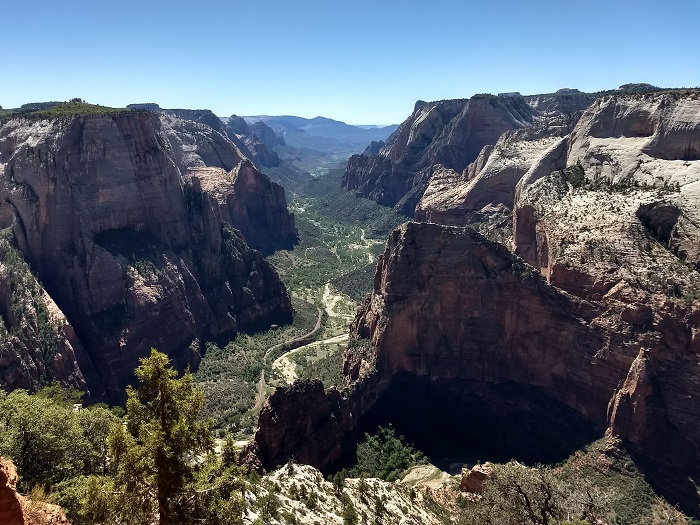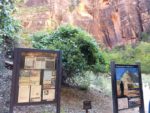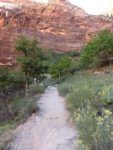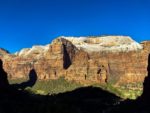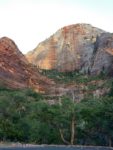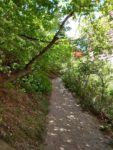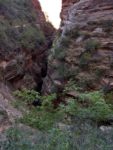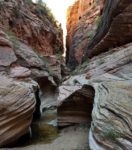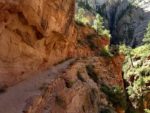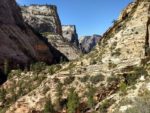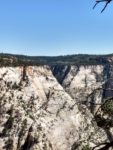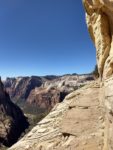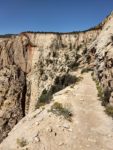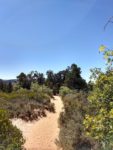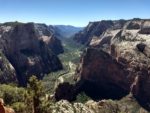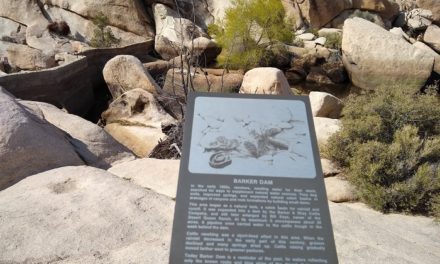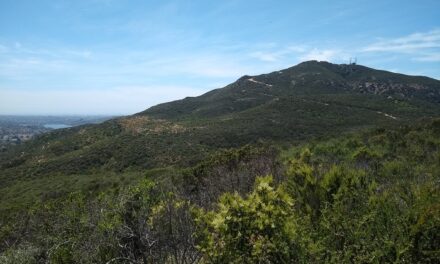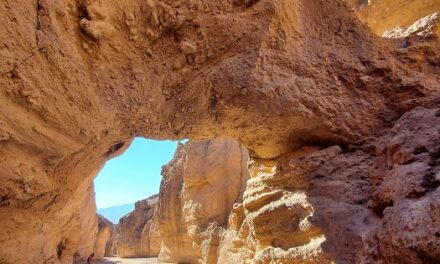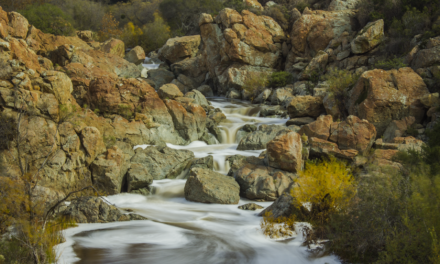Hiking Observation Point in Zion National Park
While not nearly as popular as it’s neighbor hike, Angel’s Landing, Observation Point is a beautiful hiking trial within Zion National Park. There are a couple of different ways to get to Observation Point, but for the purpose of this article I will be referencing the Weeping Rock trailhead.
Observation Point was second on my list of trails to do on my visit to Zion. I would have loved to make the trek up to Angel’s Landing and experience the fear inducing heights. However, the trail was closed because of a landslide a few months prior. With that being said, I’m glad Angel’s Landing was closed.
Not only is Observation Point higher in elevation than Angel’s Landing, the hike is longer, more physically demanding (or so I’ve read), and offers a view that some would argue is better is Angel’s Landing. The trail offers incredible views looking down into Zion Canyon, Angel’s Landing, the big bend of the Virgin River, Echo Canyon, and the Mount Baldy plateau which Observation Point sits upon.
On A Personal Note:
Many sites read that Observation Point can be less crowded than Angel’s Landing. While Angel’s Landing does have popularity amongst social media, Observation Point from my experience was heavily trafficked. This could be largely due to the fact that Angel’s Landing was closed while I was visiting the park. However, I wouldn’t necessarily plan on this trail being uncrowded.
Do you have any updates to the hiking trail or want to share your hike/pictures? Please leave a comment below.
- Overall Difficulty: 85%
- Overall Views: 100%
Observation Point Trail Quick Facts:
- Elevation: 6,625 feet.
- Elevation Gain: 2,356.
- Estimated Distance: 8 miles.
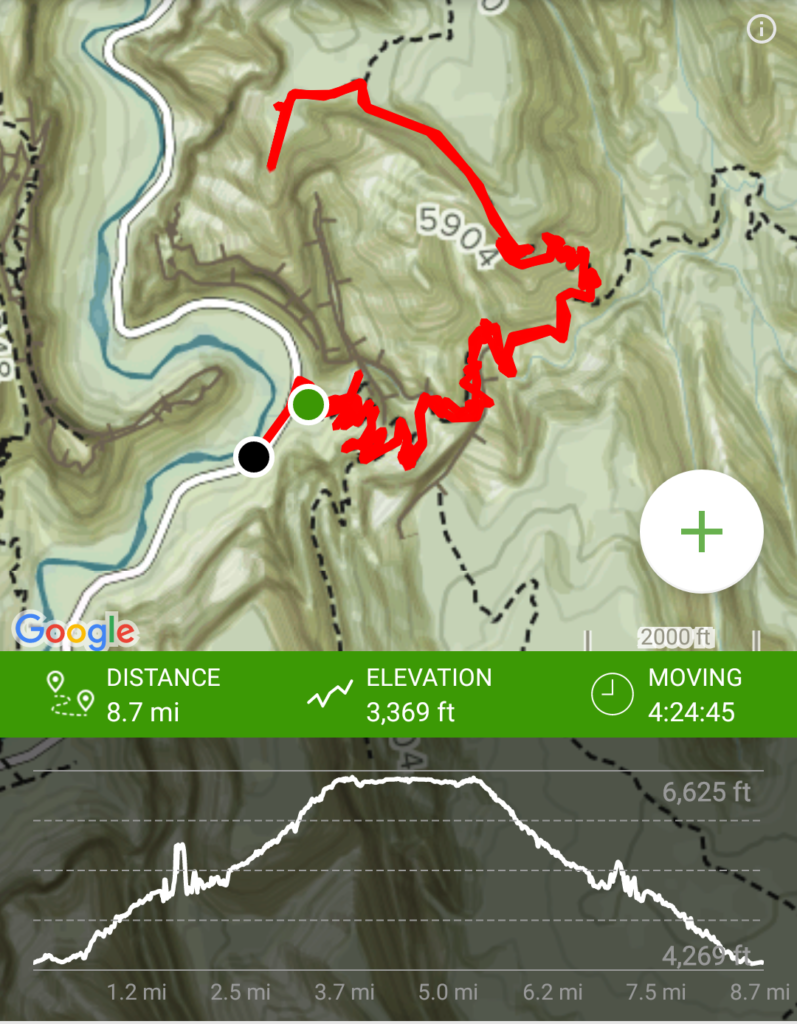
- My Actual Distance: 8.7 miles (this includes the 0.6 mile distance to Weeping Rock).
- Estimated Time: 5-8 hours.
- My Time: 4 hours 24 minutes (moving), 5 hours 35 minutes total.
Observation Point Trail Directions:
Zion National Park Shuttle Service
Parking in Zion Canyon is extremely limited. During the summer months and busy times the National Park Service doesn’t let any traffic in at all. The shuttle service is free of charge, runs very frequently, and is incredibly easy to use. I visited the park in mid-September and used the shuttle to get to this stop. The shuttle generally runs early in the morning beginning around six a.m. and stops running around eight p.m. Please check with the National Park Service for the constantly changing shuttle times, schedules, and stops.
There are two places to catch the shuttle. The prime area is located inside the park at the large parking lot where the Zion Canyon Visitor Center is located at the park’s south entrance. Be advised, this lot can fill up. If the parking is full there, the other option is in the town of Springdale which is directly outside of the park. There is a shuttle that runs through Springdale with several stops and takes people to the visitor center. From the visitor center you well then need to catch the park shuttle to stop seven. Not all parking is free in the town of Springdale so plan on paid parking. My advice is to just get to the park early.
Once at shuttle stop seven, take the trail for Hidden Canyon and Observation Point. Keep going on the Observation Point trail where the fork is to Hidden Canyon. Where the trail begins, there is a small trail that leads up to Weeping Rock and is 0.6 miles in length. I encourage all people who are doing Observation Point to just go see Weeping Rock at the same time. For ambitious hikers, consider doing Hidden Canyon if you still have the energy after Observation Point but add on another two plus miles.
Observation Point Trail Pictures:
- The bottom of the trailhead. To the left heads to Weeping Rock and to the right heads to Observation Point and Hidden Canyon.
- Heading up to Weeping Rock.
- The view across Zion Canyon with views of Angel’s Landing and the river that cuts through Zion. Starting early gives the added benefit of being in the shade.
- Canyon Walls.
- Some of the only tree cover along the trail heading in to Echo Canyon.
- Looking into Echo Canyon.
- Echo Canyon. Steer clear of going down here with the threat of flash floods.
- Heading out of Echo Canyon.
- Heading out of Echo Canyon into the final series of switchbacks.
- The backside of Zion Canyon not viewable from the main road.
- The trail up to the top offers some stunning views with amazing drops off the cliff.
- The trail at the top of the plateau.
- Finally, the view from the top of Observation Point looking on Angel’s Landing and through Zion Canyon.
Who Observation Point Trail Is For:
Advanced Hikers: For advanced hikers, this is a perfect day hike. For those with moderate strength and endurance, this trail will be a challenge with incredibly rewarding views. As I said for novice hikers, this trail can take a toll on people in the heat. Make sure to bring plenty of water and a salty snack.
Expert Hikers: The switchbacks on the open face of the cliff heading up out of Echo Canyon will be a fun challenge. For expert hikers looking for an amazing day hike, this hike is perfect for you. For those that still have some left to give, try the Hidden Canyon portion of the trail on the way back down.
It’s always a good idea to be aware of what type of hiking level you’re at.
Best Time Of Year To Hike Observation Point:
Winter:
Winter is probably one of the least crowded times to catch this trail. That’s because it’s not uncommon for portions of the trail to be extremely icy. If your hiking level includes traversing through icy conditions, you could consider this trial but for the majority of simple hikers, that option is out. This portion of Utah does get snow during the winter months. The heart of winter is more likely to have winter-like conditions than the tail end of it. If you can deal with the cold and there is no ice, enjoy the trail.
Spring:
Spring is a great time to hike this trail. Mornings and evenings will be particularly cool so prepare for layers. In late spring early monsoonal thunderstorms can make an appearance.
Summer:
Summer conditions can make this trail incredibly hot and it’s not uncommon for temperatures to be over 100 degrees along the trail. The sun’s energy radiating off of the rocks can make the surrounding environment seem even hotter. This portion of Utah is affected by the seasonal monsoon. Intense thunderstorms can arise out of nowhere and dump several inches of rain in just an hour. Since the trail is open and thunderstorms bring the treat of lightning, if there is a threat of severe thunderstorms I’d caution against setting out during these stormy periods. As a rule of thumb, if you can hear thunder there is a possibility of lightning. Thunderstorms can also bring the threat of flash floods even from miles away so going in the lowest parts of Echo Canyon should be avoided.
Fall:
Fall is probably one of the best times to hike in Zion National Park. The hot summer temperatures begin to fade as winter draws near. Mornings and evenings get cooler and the hot day time temperatures aren’t as unbearable. Early fall thunderstorms can still be a possibility. The summer crowds have left which makes the park more pleasant.
Observation Point Trail Conditions:
Once on the trail to Observation Point there is almost an immediate steady elevation gain up Zion Canyon followed by a set of several switchbacks. If the weather conditions are hot I highly recommend doing this during the morning when this part of the trail will be shaded from the sun.
After the first set of switchbacks you’ll end up at Echo Canyon – a large canyon which runs from the east into the main part of Zion Canyon. This is a perfect place for a pit stop as well as some pictures. If the threat of thunderstorms persist, I’d stay clear of going into the canyon itself to avoid any flash floods.
Following Echo Canyon is where the real bulk of the trail will take place but it’s also some of the prettiest along the way. Coming out of Echo Canyon is another incline gain and another set of switchbacks until the top of the plateau. While not as fear invoking as Angel’s Landing, there are portions of the switchbacks that were blasted straight out of the canyon and a slip off the ledge here would result in a disastrous fall a couple of thousand feet below. Enjoy the views and be mindful of strong canyon winds that could cause a person to lose their balance. Winter months with ice on this part of the trail would make this rather difficult.
Once through the final set of switchbacks you’ll end up at the top of the plateau of Zion Canyon. Hang in there, you’re almost there. Continue along the trail until you reach Observation Point and enjoy the views looking straight down on Angel’s Landing and through Zion Canyon. Find a nice tree to have a picnic under then head back.
Please be aware that rattlesnakes can be found in this area. This region is generally too far out of the range for poison oak but there can be poison ivy in this park. This trail generally gets too much sunlight and the soil isn’t damp enough for the ideal environment.

